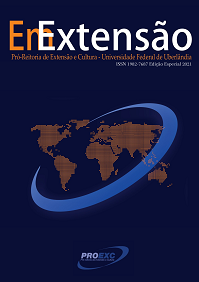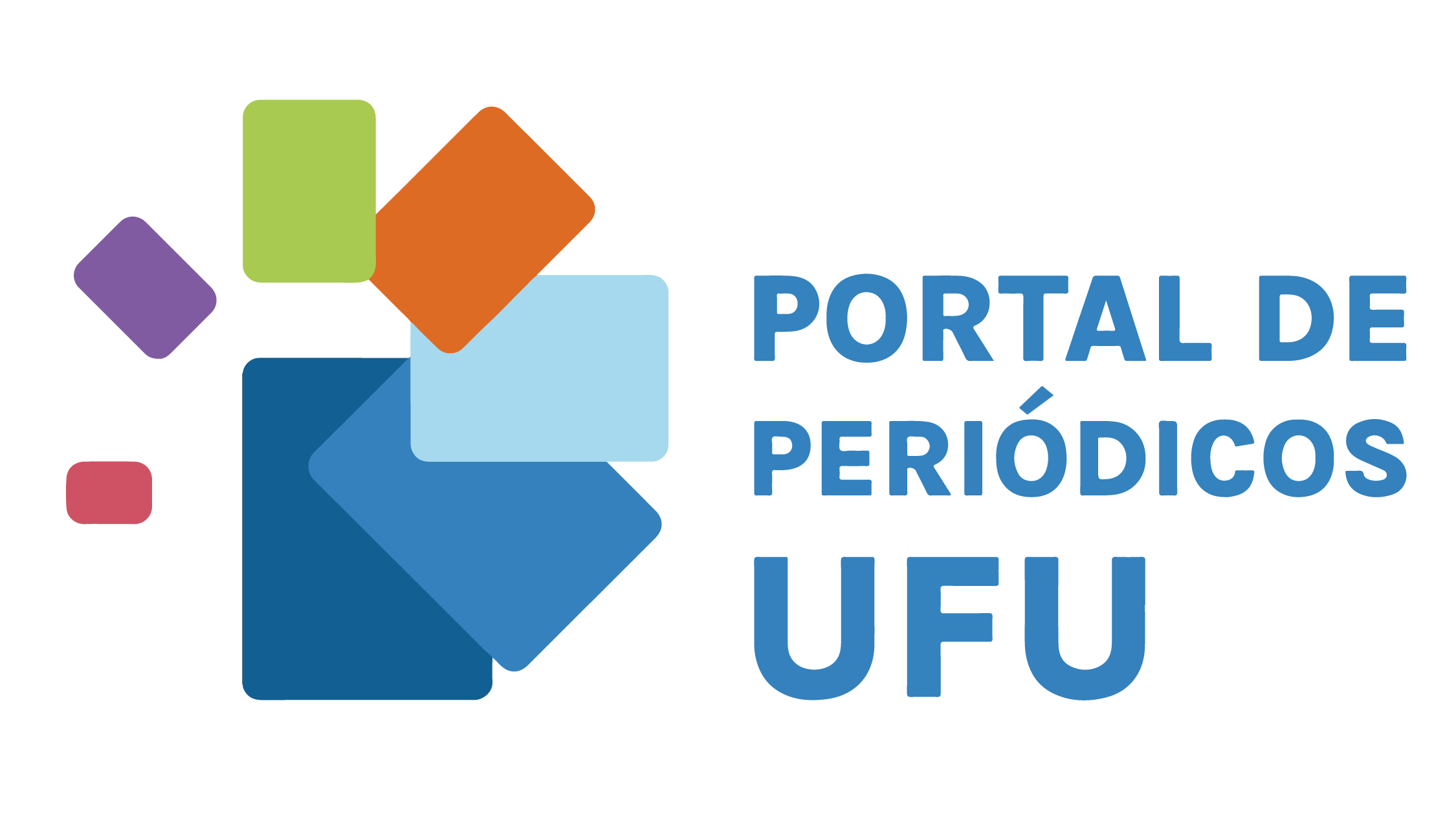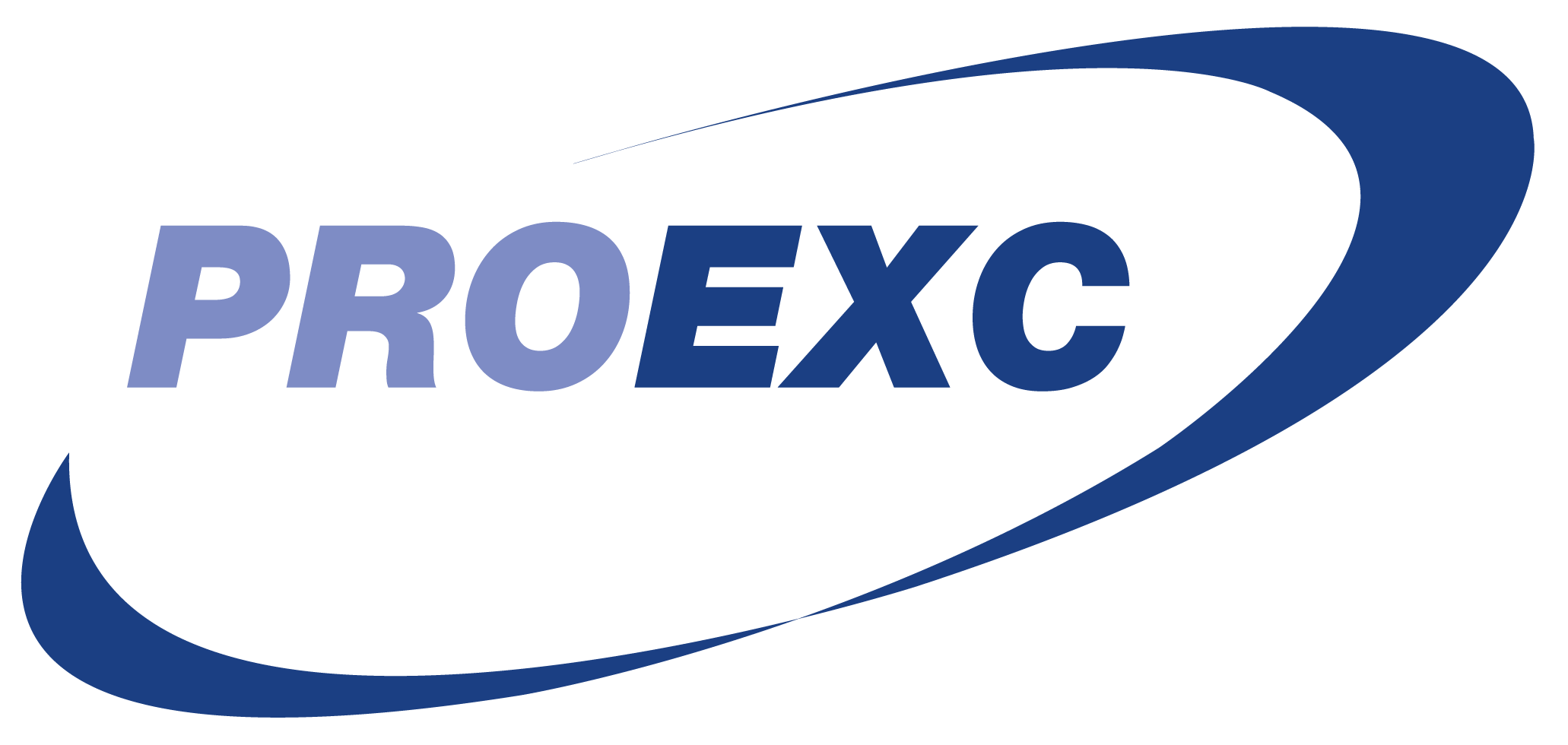Guidelines on the practice of physical exercises at home for patients with heart disease in social isolation during the Covid-19 pandemic
experience report
DOI:
https://doi.org/10.14393/REE-v0n00-63743Keywords:
Cardiovascular health, Physical exercise, Cardiovascular rehabilitation, Covid-19 pandemicAbstract
Cardiac patients participating in cardiovascular rehabilitation programs (CVR) benefit from a reduction in global cardiovascular morbidity and mortality and in the hospitalization rate, in addition to a gain in quality of life. In March 2020, the WHO declared a pandemic of a new coronavirus (Sars-Cov-2) – and social isolation was adopted as necessary to contain its spread. For this reason, the period of isolation implies changes in lifestyle, as it becomes unfeasible to go to places such as parks and outpatient CVR programs, favoring physical inactivity and mainly affecting those who are parte of the risk group of Covid-19: elderly, chronically ill, immunosuppressed, and cardiac patients and also those with cardiovascular risk factors. Exercising can alleviate the consequences in the pandemic, alleviating depressive feelings or stress due to isolation. The consequent suspension of in-person CVR care and understanding the damages related to physical inactivity, it was necessary to guide safe physical exercises according to updated literature, aiming to maintain daily physical activity for these patients. Therefore, the objective of this project was to develop self-explanatory booklets on the practice of physical exercise in an oriented and safe way for patients with heart disease, respecting the recommendations to maintain social isolation.
Downloads
References
CARVALHO, T. de. et al. Diretriz Brasileira de Reabilitação Cardiovascular. Arq. Bras. Cardiol., São Paulo, v. 114, n. 5, p. 943-987, maio. 2020. Disponível em: http://publicacoes.cardiol.br/portal/abc/portugues/2020/v11405/pdf/11405022.pdf. Acesso em 15 set. 2021.
DENAY, K. et al. ACSM call to action statement: Covid-19 considerations for sports and physical activity. Current Sports Medicine Reports, Philadelphia, v. 19, n. 8, p. 326-328, August 2020. Doi: 10.1249/JSR.0000000000000739. Disponível em: https://pesquisa.bvsalud.org/global-literature-on-novel-coronavirus-2019-ncov/resource/pt/covidwho-705016. Acesso em: 21 set. 2021.
DUNSTAN, D. et al. Sit less and move more for cardiovascular health: emerging insights and opportunities. Nat Rev Cardiol., London, v. 18, n. 9, p. 637-648, May 2020. Doi: 10.1038/s41569-021-00547-y. Disponível em: https://www.nature.com/articles/s41569-021-00547-y. Acesso em: 10 set. 2021.
JOY, L. Staying active during Covid-19. Med. sci. sports., Madison, March 2020. Disponível em: https://www.exerciseismedicine.org/news-updates/stories/?b=892. Acesso em 23 set. 2021.
MAGALHÃES, S. et al. Efeitos a longo prazo de um programa de reabilitação cardíaca no controlo dos fatores de risco cardiovasculares. Revista Portuguesa de Cardiologia, Lisboa, v. 32, n. 3, p. 191-199, 2013. Doi: 10.1016/j.repc.2012.08.005. Disponível em: https://www.revportcardiol.org/pt-efeitos-longo-prazo-um-programa-articulo-S087025511200306X. Acesso em: 15 ago. 2021.
JIMÉNEZ-PAVON, D; CARBONELL-BAEXA, A.; LAVIE, C. Physical exercise as therapy to fight against the mental and physical consequences of Covid-19 quarantine: special focus in older people. Prog Cardiovasc Dis, New York, v. 63, p. 386-388, 2020. Doi: 10.1016/j.pcad.2020.03.009. Disponível em: https://pubmed.ncbi.nlm.nih.gov/32220590/. Acesso em: 15 ago. 2021.
PEÇANHA, T. et al. Social isolation during the Covid-19 pandemic can increase physical inactivity and the global burden of cardiovascular disease. Am J Physiol Heart Circ Physiol., Bethesda, v. 318, n. 6, June 2020. Doi: 10.1152/ajpheart.00268.2020. Disponível em: https://pubmed.ncbi.nlm.nih.gov/32412779/. Acesso em 15 jul. 2021.
SALLIS, J.; PRATT, M. A call to action: physical activity and covid-19. Med. sci. sports.. Madison, April 2020. Disponível em: https://www.exerciseismedicine.org/a-call-to-action-physical-activity-and-covid-191/. Acesso em 23 de maio de 2020.
STEIN, R. Exercício físico em pacientes cardiopatas e na população em tempos de Coronavírus. Arq. Bras. Cardiol., São Paulo, v. 114, n. 5, p. 827-828, 2020. Doi: 10.36660/abc.20200281. Disponível em: https://www.scielo.br/j/abc/a/qg9Xzg47wsz8C8bKxC5CcmN/?lang=pt. Acesso em: 18 jul. 2021.
Downloads
Published
How to Cite
Issue
Section
License
Ao publicarem nesta revista, os autores concordam em manter os direitos autorais e concedem à revista o direito de primeira publicação, com o trabalho simultaneamente licenciado sob a licença Creative Commons Atribuição-NãoComercial-SemDerivações 4.0 Internacional.





